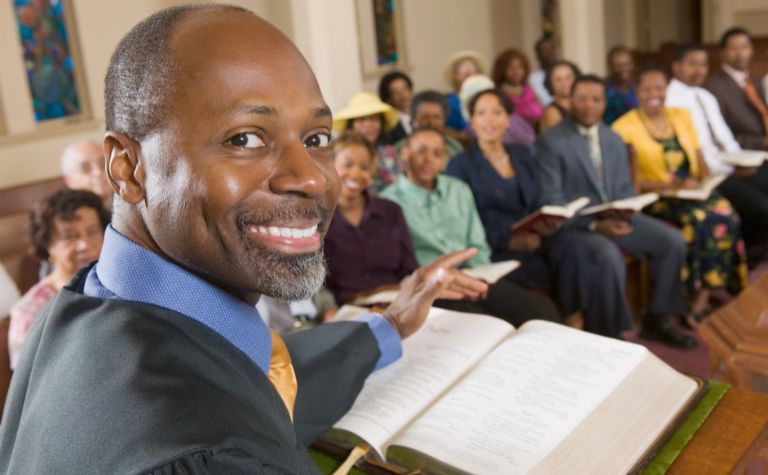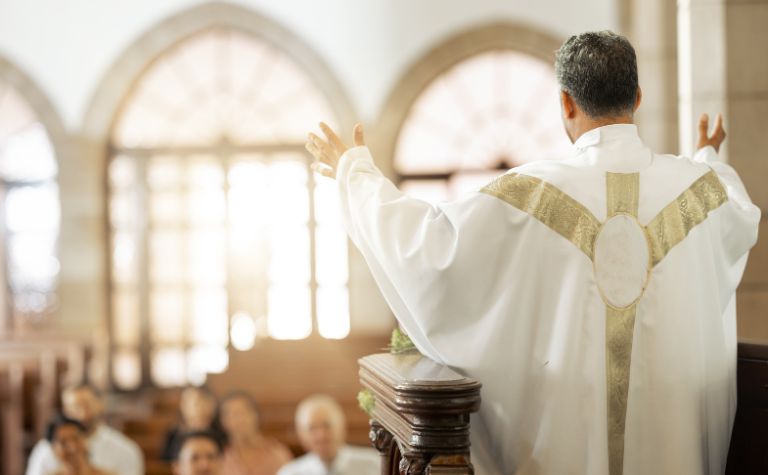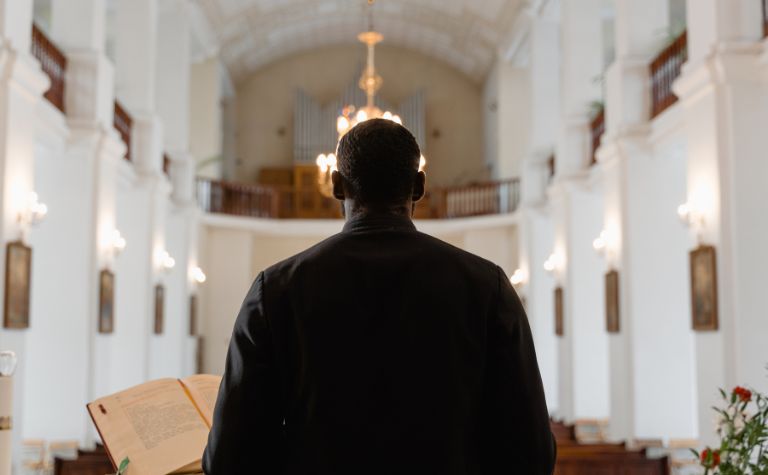Open-air preaching, also known as street preaching or outdoor evangelism, is a form of evangelism that involves proclaiming biblical messages in public spaces, often to a broad and diverse audience.
This method of preaching has been practiced for centuries and has played a significant role in the spread of various traditions.
Open-air preaching is characterized by its public nature, its use of outdoor spaces, and its focus on reaching a wide audience, including those who may not regularly attend church services.

The Historical Roots of Open-Air Preaching
Open-air preaching has a rich history that spans across various traditions and historical periods.
Its origins can be traced back to ancient times when leaders and prophets would address large crowds in public spaces, sharing their messages with anyone who would listen.
The Bible era
In the biblical era, open-air preaching was a common practice among Jewish prophets and early Christian apostles. For example, the prophet Jonah preached in the streets of Nineveh, calling for repentance.
In the New Testament, John the Baptist preached in the wilderness, preparing the way for the coming of Jesus.
Jesus himself often preached in open spaces, such as the Sermon on the Mount, where he addressed large crowds of followers.
The apostles, following the example of Jesus, also engaged in open-air preaching, spreading the message of Christianity to diverse audiences.
The Middle Ages
During the Middle Ages, open-air preaching became a popular method of evangelism among various Christian sects.
Monks, friars, and itinerant preachers would travel from town to town, preaching in marketplaces, town squares, and other public spaces.
This practice helped to spread Christianity throughout Europe and played a role in the growth of the Christian church.
The Reformation era
The Protestant Reformation in the 16th century saw a resurgence of open-air preaching, as reformers sought to break away from the established church and reach a wider audience.
Martin Luther, John Calvin, and other reformers used open-air preaching to spread their message of reform and challenge the authority of the Catholic Church.
18th century
In the 18th century, open-air preaching played a significant role in the Great Awakening, a revival that swept across the American colonies.
Preachers such as George Whitefield and John Wesley traveled extensively, preaching to large crowds in open fields, town squares, and other public spaces.
Their passionate and emotive preaching style attracted thousands of listeners and helped to spread the message of the revival.
20th century
In the 20th century, open-air preaching continued to be a popular method of evangelism, particularly among evangelical and Pentecostal Christians.
Preachers such as Billy Graham and Oral Roberts held large-scale crusades and revival meetings, attracting thousands of attendees.
These events often featured open-air preaching, music, and altar calls, inviting people to make a commitment to Christ.

Characteristics and Techniques of Open-Air Preaching
Open-air preaching is a unique form of evangelism that requires specific characteristics and techniques to be effective. As a result, open-air preachers must employ a range of techniques to capture the attention of their audience and convey their message effectively.
Adaptability: Open-air preachers must be adaptable, as they often face unpredictable circumstances, such as changing weather conditions, noise from traffic or other sources, and varying audience reactions.
Being able to adapt to the situation and continue preaching effectively is a crucial skill for open-air preachers.
Engagement: Engaging the audience is a key characteristic of open-air preaching. Preachers must use techniques such as storytelling, anecdotes, and illustrations to capture the attention of their audience and make their message relatable.
They may also use props, visual aids, or drama to enhance their message and create a more engaging experience for the audience.
Clarity: Clarity is essential in open-air preaching, as preachers must convey their message in a way that is easily understood by a diverse audience. This involves using simple language, avoiding jargon or technical terms, and speaking in a clear and articulate manner.
Preachers may also use repetition and summarization to reinforce their main points and ensure that their message is understood.
Amplification: Due to the outdoor setting and the potential for background noise, open-air preachers often use amplification to ensure that their message is heard.
This may involve using a microphone and speakers or a portable amplification system. Preachers must also project their voices and use appropriate vocal techniques to ensure that their message is heard clearly.
Interaction: Open-air preaching is often interactive, with preachers responding to questions or comments from the audience. Preachers may also use techniques such as call-and-response or audience participation to engage the audience and create a more interactive experience.
Preachers must be prepared to handle interruptions, objections, or opposition from the audience and respond in a respectful and gracious manner.
Preparation: Preparation is key in open-air preaching, as preachers must be well-prepared to deliver their message effectively. This involves studying the biblical text, developing a clear and coherent message, and planning the delivery of the message.
Preachers may also prepare visual aids, props, or other materials to enhance their message.

Challenges and Opportunities of Open-Air Preaching
Open-air preaching presents both challenges and opportunities for preachers. While it can be a powerful and effective method of evangelism, it also requires preachers to navigate a range of challenges that are unique to this form of preaching.
The Challenges
Environmental Factors: One of the primary challenges of open-air preaching is dealing with environmental factors such as weather conditions, noise, and other distractions.
Preachers must be prepared to adapt to changing circumstances and continue preaching effectively despite these challenges.
Audience Diversity: Open-air preaching often involves addressing a diverse audience, including people from different cultural, religious, and socio-economic backgrounds.
Preachers must be sensitive to this diversity and tailor their message to be relevant and relatable to a wide range of listeners.
Opposition: Open-air preachers may face opposition from the public, local authorities, or other groups. This may include verbal objections, interruptions, or even legal challenges.
Preachers must be prepared to handle opposition gracefully and respond in a respectful and measured manner.
Lack of Formal Setting: Unlike traditional preaching in a church or other settings, open-air preaching lacks a formal stage or pulpit.
Preachers must be able to command attention and convey their message effectively without the benefit of a formal setting.
The Opportunities
Reaching a Diverse Audience: One of the key opportunities of open-air preaching is the ability to reach a diverse audience, including those who may not regularly attend church services.
Open-air preaching allows preachers to spread the message of faith to a wide range of people, including those who may not otherwise be exposed to it.
Public Witness: Open-air preaching provides an opportunity for public witness, allowing preachers to demonstrate their faith and commitment to their beliefs in a public setting.
This can be a powerful testimony to the message of faith and can inspire others to consider the message being preached.
Spontaneous Interactions: Open-air preaching allows for spontaneous interactions with the audience, including questions, comments, and discussions.
This can create a more interactive and engaging experience for the audience and can provide opportunities for deeper conversations about faith and spirituality.
Community Engagement: Open-air preaching provides an opportunity for community engagement, allowing preachers to connect with people in their local community and build relationships.
This can help to foster a sense of community and create opportunities for ongoing conversations and interactions.
Related Questions
Preaching is a fundamental aspect of Christian worship, serving as a means to communicate the teachings of the Bible to the congregation. While the ultimate goal of preaching is to convey the...
Exegesis and eisegesis are different approaches to interpreting a text, particularly in biblical studies. Exegesis seeks to understand the text's original meaning by considering its historical,...
